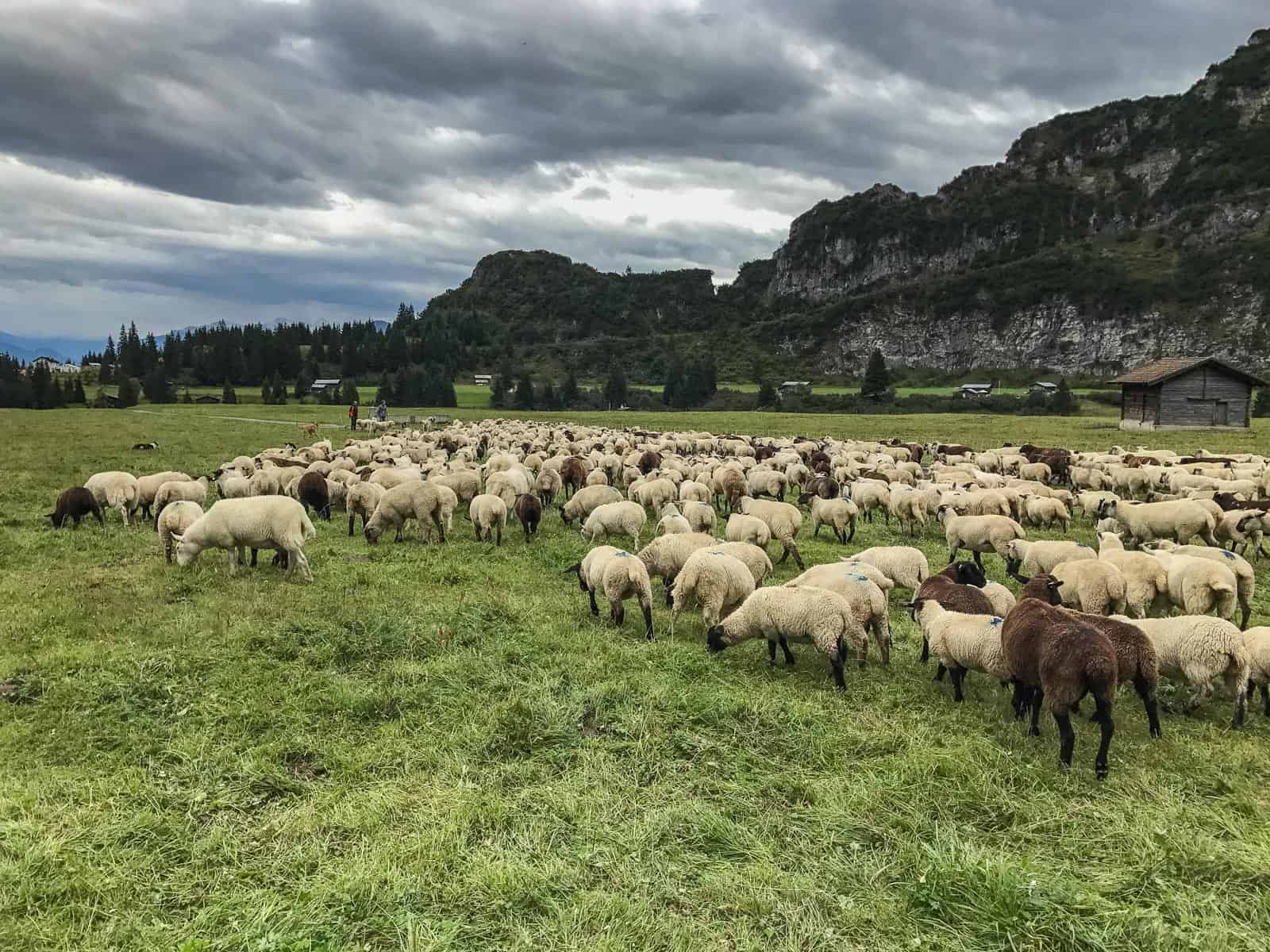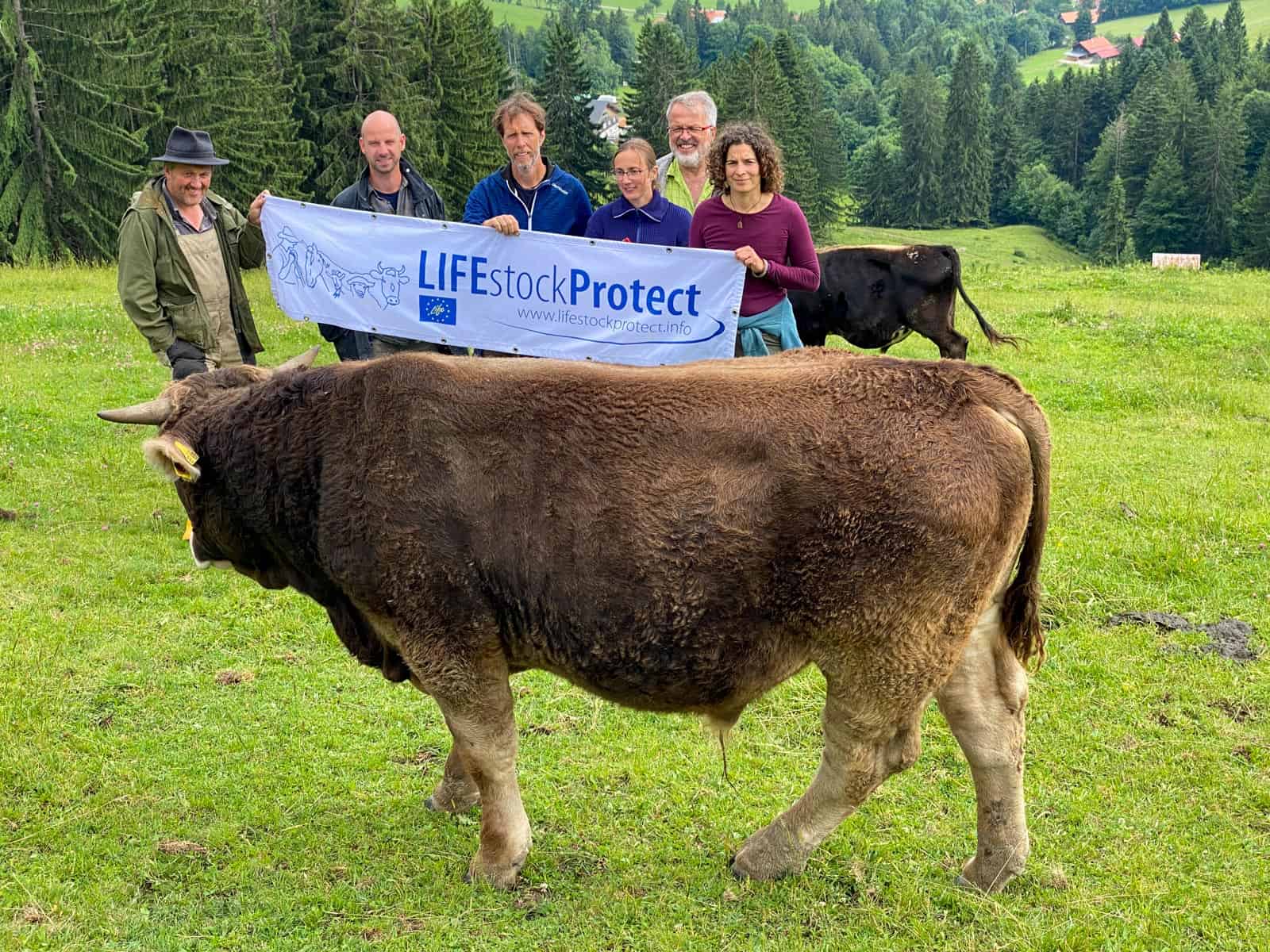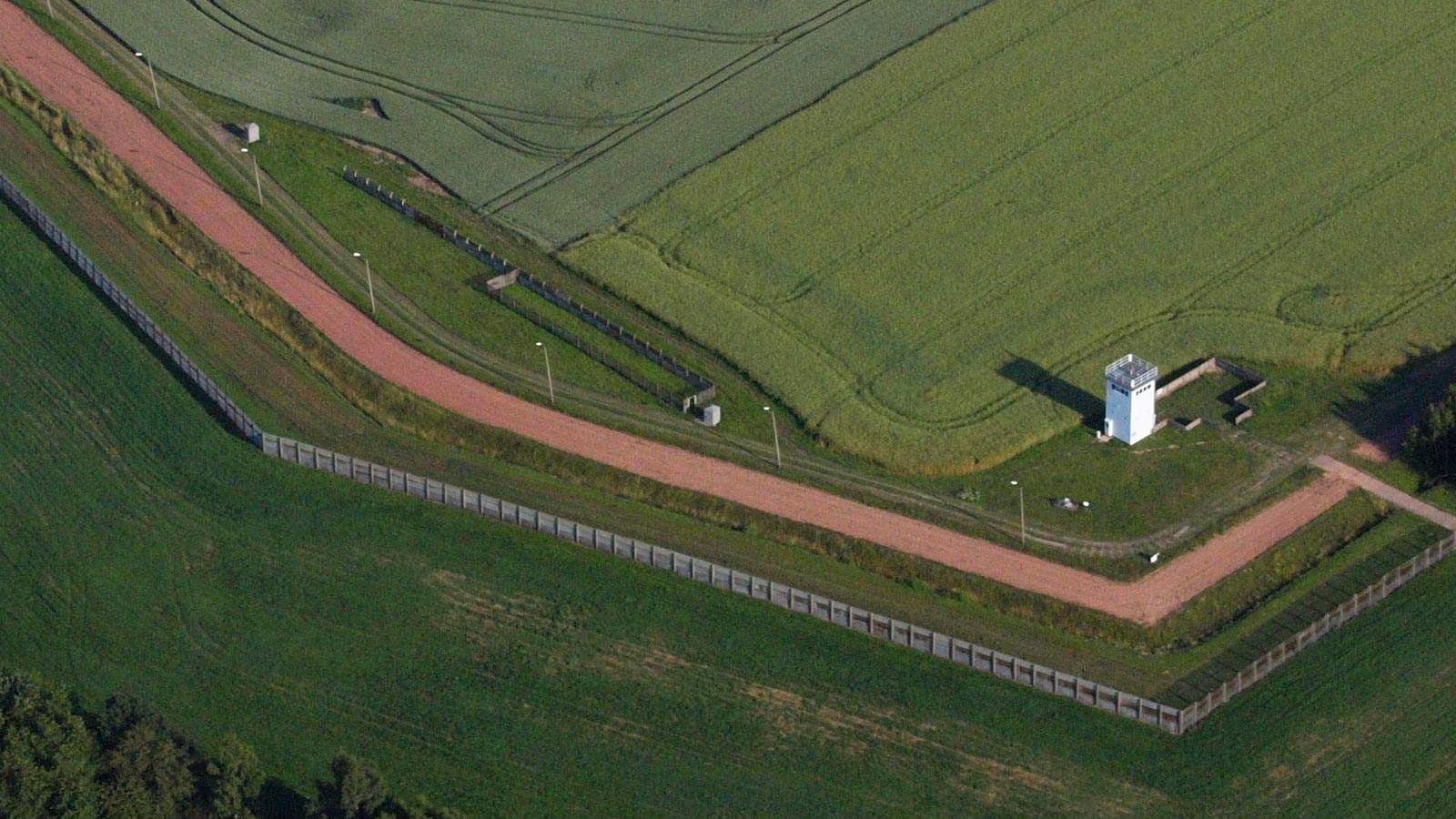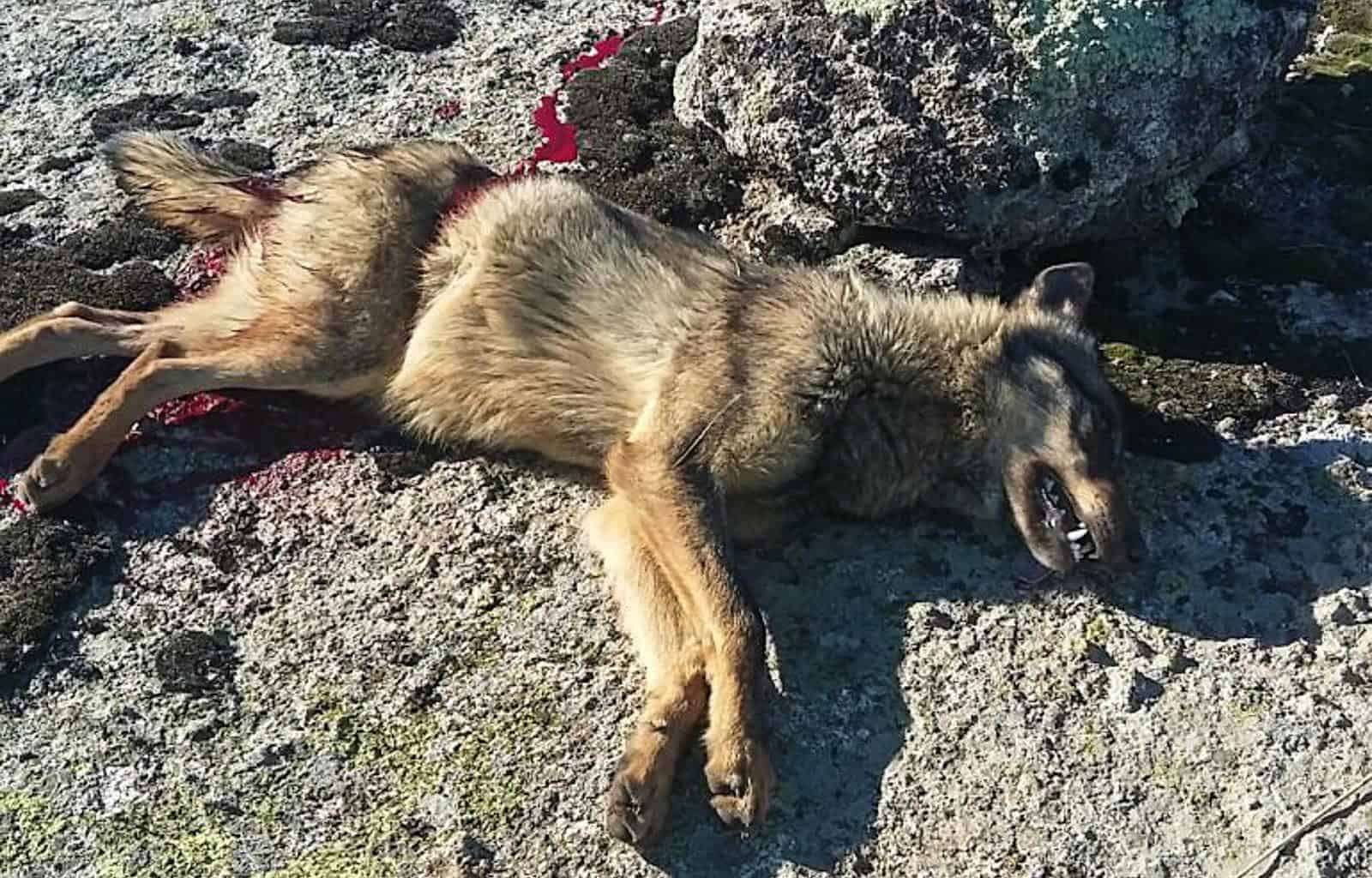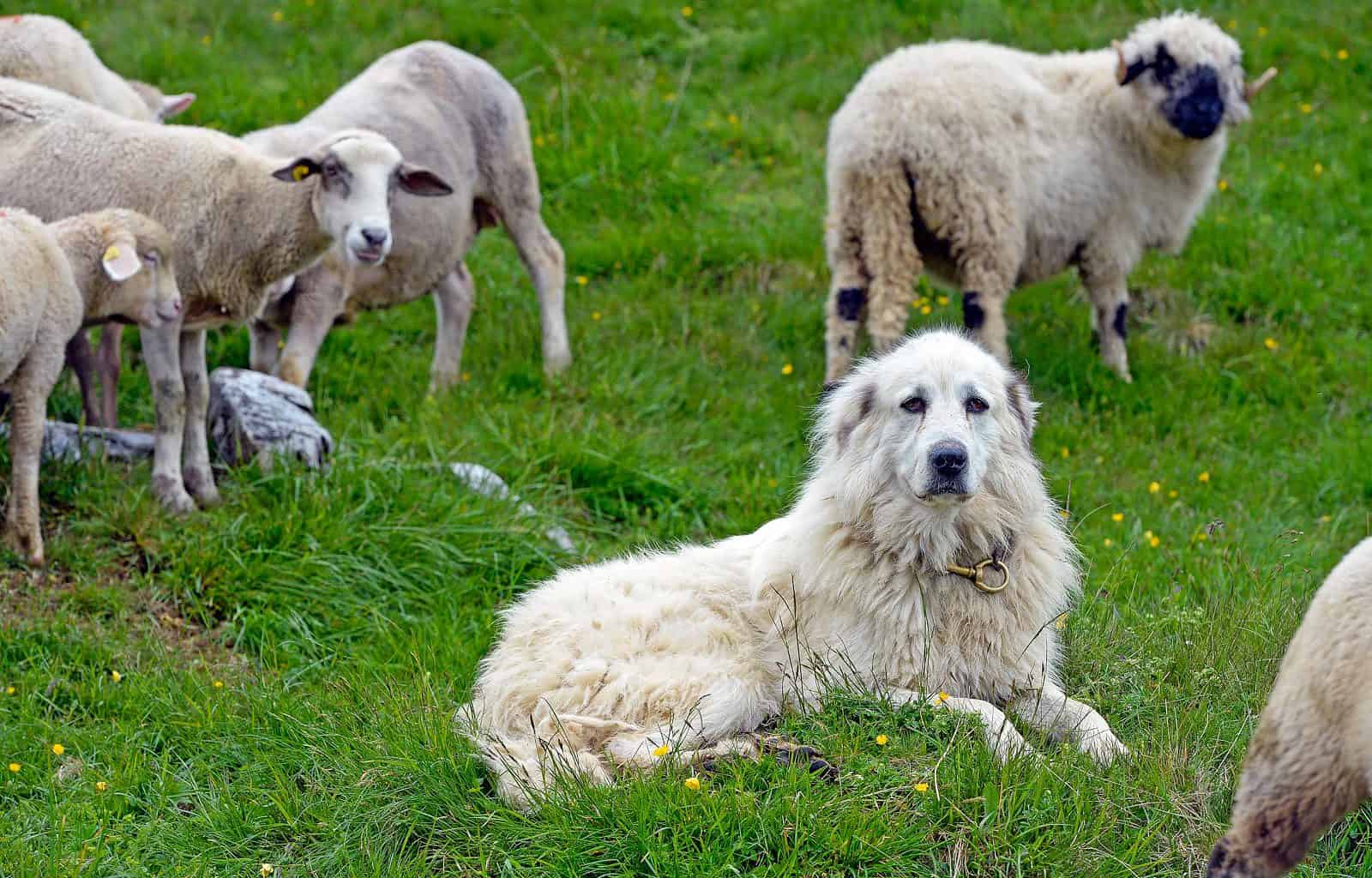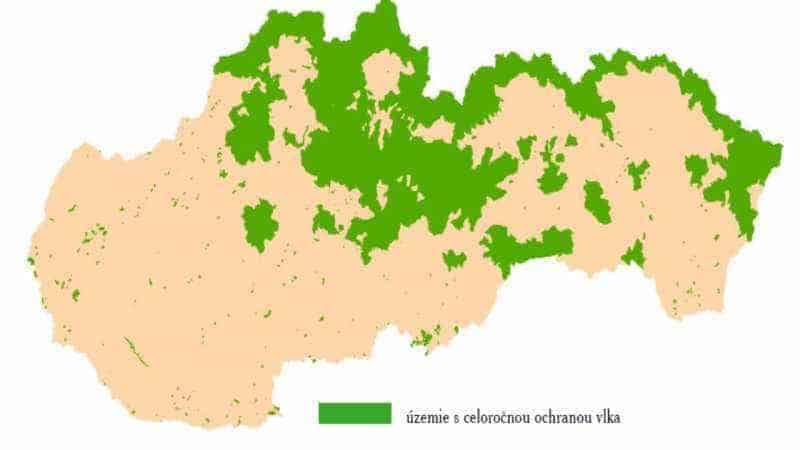Why we let wolves kill our sheep
Almost every day you will read about killed sheep, angry farmers, or poached wolves. The growing population of wolves in Europe keeps us all very busy. On many levels, people discuss and argue with each other why or why not we should kill them. One of most intense conflict situations is those with livestock owners. Wandering wolves kill insufficiently protected sheep and goats, while the people sit and watch. You would think there would be a solution, right?
Please also read: Why we need proper herd management
It is cheaper to be eaten
Its is a harsh reality that those in charge of money consider it cheaper to compensate losses than to support proper protection measures. It is the exact reason why many livestock owners get frustrated because of the additional emotional impact is disregarded. And of course all the efforts to raise the animal that compensations do not cover.
It is a complex political discussion, as a lot of different interests want to claim more money for their cause. It is important to see this bigger picture, from the sides of nature conservationists, livestock owners and politicians.
Wolf causes a fraction of damages
In one of our previous articles, we shared the statistics of wolf damages in Germany. Let us look at some other statistics, for example from the Netherlands. As we know, the Netherlands are currently dealing with increasing number of traveling wolves. It will not take long before a settled wolf will find a partner to start the first wolf pack, as there is already one wolf pack at the border with Germany. Data collection from BIJ12 shows the statistics of damage compensations.
In 2017, wandering wolves costed the Dutch state €10 247,- of compensation to damages. Currently in 2018, the number of damages is higher and the total compensated amount lay around €15 000,-. It is expected that the total sum will become a bit higher, as several cases are still in the process of valuation.
Put this into perspective of the amount of damages in 2017 from other animals:
- €26 201 207,- for Geese
- €1 581 542,- for Great Tits
- €983 441,- for Widgeons
- €295 757,- for Badgers
- €225 175,- for Wild boars
So, the wolf by far does not reach the top 5 of animals causing damages. In fact, the wolf caused only as much as 0,06% of the geese damage, or 6,7% of the boar damages for that matter. Considering that financially supporting preventive protection measures will costs at least 2 million euros per year, it is not a surprise that decision makers choose to spend that money in another way. After all, which decision maker would spend €2 000 000,- annually, if they can also just cover 0,8% of it by compensations?
The way forward
Despite the financial conflicts that arise from this situation, countries should be working together to support a sustainable coexistence between people and wildlife. There will always be those who want to kill the wolves. However, moving towards more livestock protection measures and proper management adapted to the new circumstances will be the way to move forward. As we discussed recently on television, this process will take many more bureaucratic years, but it will be necessary to ensure a green future for the generations to come.
Find more information on the statistics from the Netherlands here.
Stay up to date on the Wilderness news, subscribe to our Newsletter!

